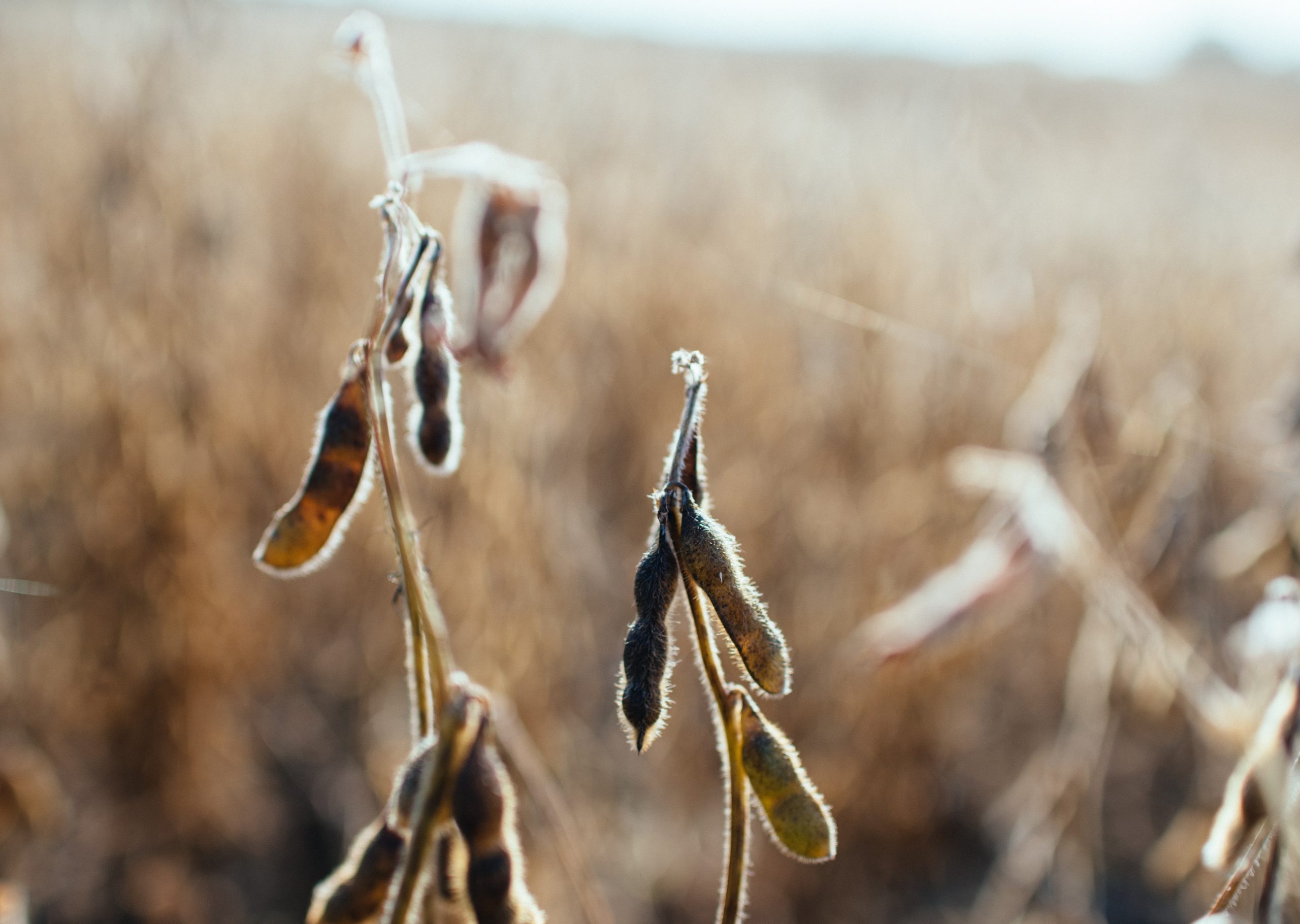Soy has been commonly consumed for centuries. However, in recent years the phytoestrogen-containing plant has become a controversial topic in the cancer community.
In this post we explore the facts and myths of soy to help you decide if you would like to include soy in your diet.
“Soy has estrogen and I can’t eat it because it will affect my estrogen levels. “
Soy contains phytoestrogens; phytoestrogens are plant compounds that have a similar chemical structure to estrogen, but are significantly weaker than human estrogen. They contain estrogen-like properties, as well as antioxidant and anti-inflammatory properties. While it is true that phytoestrogens will bind to the body’s estrogen receptors (ER), they don’t always mimic estrogen. This is due to the fact that there are two different types of estrogen receptors in the body – estrogen receptor alpha and estrogen receptor beta. How a cell responds depends on its particular type of estrogen receptor. For example, an ER can be activated causing tumor growth suppression and ultimately cell death. Both alpha and beta ERs are found in many places outside of those related to reproduction, including the bones, lung, liver, colon, adipose (fat) tissue, and cardiovascular and central nervous systems.
Two common phytoestrogens are lignans and isoflavones. Isoflavones and the question of whether we should or should not consume foods containing these compounds come up often within our community. In particular, soy foods are singled out because soybeans are the most concentrated source of isoflavones in the human diet. They’re also present in smaller amounts in legumes, grains and vegetables.
Good or bad?
In past animal studies, when rodents were exposed to high dose isoflavones, results showed an increased risk of breast cancer. However, since these studies, scientists have learned that rodents process soy differently than humans. Furthermore, the quantity of isoflavones given to the rodents was much higher than anyone would ever consume in food.
Instead, in observational human studies, the estrogen effect of soy consumption overtime appears to either reduce breast cancer risk or have no effect at all. In fact, in an analysis of the results from The Shanghai Breast Cancer Survival Study, The Life After Cancer Epidemiology (LACE) Study and The Women’s Healthy Eating and Living (WHEL) Study, soy isoflavone intake of >10mg/day was associated with a 25% reduced risk of tumor recurrence in breast cancer survivors.
Additionally, in Asian countries, high isoflavone intake from soy foods is thought to contribute to an overall reduced risk of breast cancer. In these populations, individuals consume an average of 25-50mg per day compared to less than 2mg per day among non-Asian women. Here are a few foods and their isoflavone content (based on 100mg serving size) as reported by the USDA Database for the Isoflavone Content of Selected Foods
- Green soybeans, cooked (boiled, includes edamame) – 18mg (½ C)
- Soybeans, dry roasted (includes soy nuts) – 149mg (3/4 C)
- Soymilk, original and vanilla (fortified and unfortified) – 11mg (3 oz.)
- Flaxseeds – 0.07mg (11 tbsp.)
- Chickpeas, cooked (boiled) – 0.02mg (½ C)
- Hummus (commercial) – 0.01mg (6 tbsp.)
- Miso – 41mg (6 tbsp.)
- Soy sauce – 1.2mg (23 tsp.)
- Soy yogurt – 33mg (½ C)
- Tempeh, cooked – 36mg (4 oz.)
- Tofu, silken – 18mg (4 oz.)
- Tofu, firm – 22mg (4 oz.)
Lastly, whole soy foods are incredibly nutrient-rich containing B vitamins, potassium, magnesium and high-quality protein. They also aid in lowering blood pressure and LDL (bad) cholesterol. The high fiber content of soy foods is linked with a greater variety of healthy gut bacteria, which supports a healthy immune system.
What to do now?
Trust your gut – literally. Choose foods that you feel good about consuming and nourish your body so it can feel its best. You know yourself best and we will always support you and your decisions. So if the thought of including soy foods in your diet is anxiety provoking, recognize that and shift your focus to the many other whole, nourishing, plant-based foods to which we have access. Fill your kitchen with plenty of whole fruit and vegetables, whole grains, legumes, nuts and seeds. After all, these foods are filled with vitamins, minerals, antioxidants, fiber and plant-protein – things we can all feel good about!
If you do choose to consume soy foods, go for wholesome, organic sources like tofu, edamame, soy-milk (always unsweetened) and fermented sources like tempeh and miso. Fermented foods provide gut-healthy bacteria. Plus, since fermentation partially breaks down the carbohydrates and protein in foods, some believe it aids in the digestion and absorption of nutrients.
Also, don’t forget about the other healthy lifestyle behaviors we know positively contribute to overall health and wellbeing: regular exercise, getting adequate sleep, and devoting time for our mental health.
We hope this clears up some of the confusion regarding soy foods and isoflavones, and provides you with reliable information to make your own informed decision. As always, we are here to support and empower you throughout your nutrition journey no matter the road you choose to take!
Co-Written by: Mark S. Shahin, MD, FACOG, FACS and Erin Pellegrin RD, LDN
Helpful Links:
- Soy Isoflavones
- Straight Talk about Soy
- Soy and Cancer Risk: our Expert’s Advice
- Soy and Cancer: Myths and Misconceptions
- Will eating soy increased my risk for breast cancer?
- Phytoestrogens
- How Phytoestrogens Can Have Anti-Cancer Estrogenic Effects

